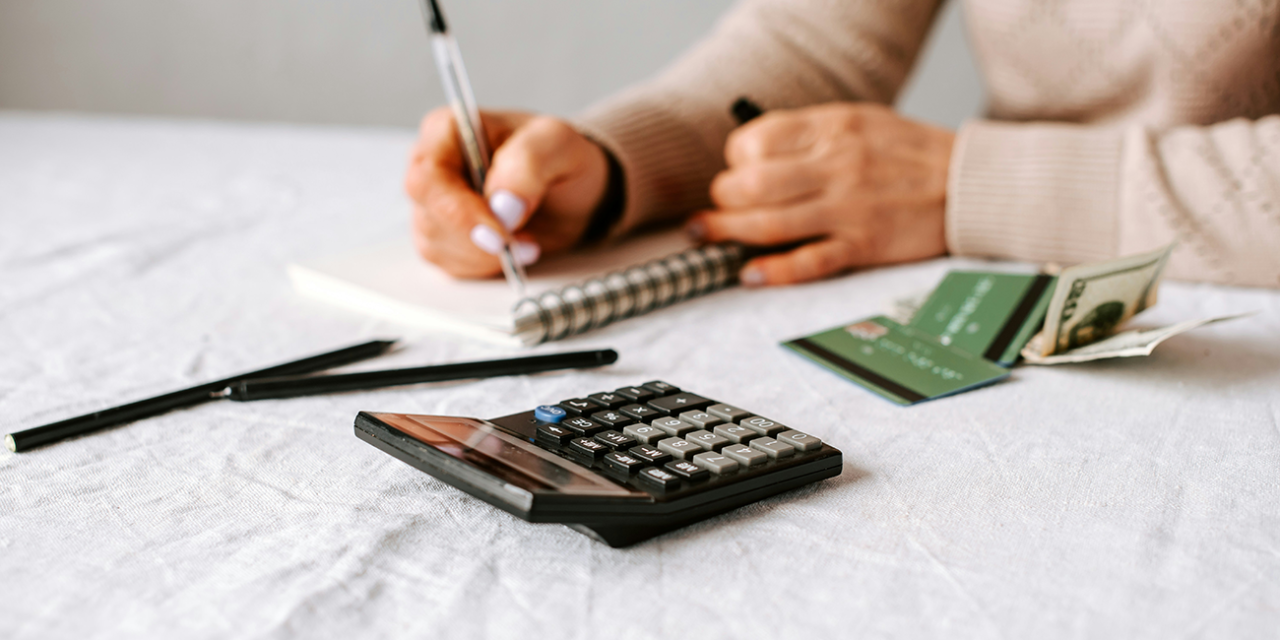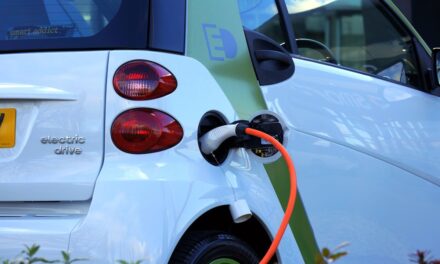I owed $20,000 in credit card debt in my early twenties.
A mix of debt to Discover, US Bank, and others. I was depressed, sad, and chasing dreams.
I forget exactly where it hit me, but I remember thinking, “If I don’t do something about this I’m going to be $40,000 in debt, and knowing myself, I may do something dramatic and dangerous if life gets to that point.”
A change had to happen. For my health. For my life. Tremendous personal debt was continually growing, and I didn’t see it stopping.
I’m not sure where the new intention came from — but it was probably both overwhelming stress and feeling like I hadn’t yet achieved what I wanted to in life. It wasn’t a change that happened overnight, but a process. I started to push hard, dug deep, grabbed hold of the steering wheel that was my life, and turned my ship in the opposite direction.
Gradually, over three years, I went from $20,000 in credit card debt to $20,000 saved for retirement and debt-free.
In life, you’re either traveling up or down, left or right.
I committed only to move up.
Table of Contents
Phase 1: Purpose & Planning
As with any undertaking, it’s essential to plan and set a solid foundation.
When I noticed my finances were out of control, I also knew I needed to do two things —understand where I was making and spending money and set goals to get ahead.
- Decide why I’m making a change. It’s great to turn your life around, but why? If we don’t have a purpose for what we do, we’ll fizzle out. At least, I know I do. I wrote down my goal on paper, “I want to get out of debt so I can buy a home and have my own space to create music.” Whenever I didn’t want to stick to my financial plan, I thought of my goal to let it inspire me.
- Get to know my finances. The tools for managing finances can be as simple as a paper and pencil, but I wanted to make sure to have a firmer grasp on every expenditure and income asset at my fingertips. Since I already used Intuit products in my business, I set up the Mint app on my phone. I connected all my bank accounts, credit cards, bills, and looked at the numbers. They weren’t pretty. I was spending much more than I was making each month.
The reality check had arrived.
Phase 2: Credit Card Debt Heavy Lifting
A goal is great, but action is even better.
After seeing where I was spending my money, it appeared to me what I needed to do next to get out of credit card debt.
- Stop. Unnecessary travel, food, entertainment, and hobby spending. I was spending huge amounts of money on traveling too often each year, going out to eat, and more. Did I go to the gym enough to justify the cost? No — not at all! I immediately removed the expense. In addition to a financial app, I also found it helpful to put together a simple Excel spreadsheet showing every bill paid monthly, descending in price. I then looked over the spreadsheet each month to see if there was any bill I could remove altogether, or at least minimize.
- Quit bad habits. One of my most damaging bad habits was smoking. I’m all for letting adults be adults, but there’s one straightforward that can’t be justified. Smoking kills your bank account. I saved $10,000 in three years by stopping. Consider quitting or even cutting back to help yourself get ahead.
- Note credit cards. Credit cards are the silent killer. I put together a spreadsheet of my credit cards and started using the debt snowball method to take back control of my life. Essentially, you pay the minimum payment on all your cards and start overpaying as much as you can each month on your smallest card. You work your way up to your last, remaining credit card.
- Create new income streams. There are two ways to get out of debt. One way is to cut back spending, and another way is to make more money. Combine the two, and you’re unstoppable! After cutting back spending majorly, I also found ways to raise my talents and improve my skills for increased services offered to clients. My husband also helped to generate additional income through diversified employment.
- Cut out a car. It’s not feasible or realistic for many but limiting yearly automobile expenditures is a surefire way to reduce expenses dramatically. I work from home, so I donated my aging vehicle to charity. We now keep one car for my husband for work. This car is now paid in full and allows us only to have one insurance and registration expense, and moved to the city to help create a lifestyle that suits this choice best.
Readjusting my behaviors and circumstantial living environment has saved me thousands of dollars over the years, with the amount magnified monthly.
Phase 3: Press Forward
This phase of the “financial freedom” journey can be difficult.
I was a year and a half into the pursuit. I could see progress, but life had changed. It’s hard not to spend lots of money when so many things are marketed to you in so many ways daily.
I had performed all the heavy lifting, but it was time for me to start doing something with the money I was saving. Instead of racking up credit cards, I was finally cutting them out of my life, and going to have a positive net worth.
- Pretend I have less money. One technique I used to save money is to pretend I don’t have it. I tend to spend if cash is on hand, so when I receive large amounts of money, I put most of it immediately in hard-to-reach investment accounts and send it to the IRS towards the next year’s tax payments. I’ll have to pay anyway, so why not keep the money in a safe place — away from me!
- Pay off credit cards in full each week. After knocking out the balance on all my credit cards, I decided only to keep one credit card in my wallet. I pay off this card in full each week and only spend what I have in cash, keeping me from charging up any accumulating bills.
- Invest in an IRA. Life gets fun here. After working hard to reverse the negative trend, I found myself with extra money on hand. The temptation came, but I didn’t book that second trip of the year or the car I thought I wanted. I put the extra money in an IRA, and I owe much to my CPA, who recommended I make this move. Investing gave me a new goal to work towards for the future. I know my tired, old self will thank me decades later.
Phase 4: Recommit to Resolving Credit Card Debt
I’m an old scrooge and curmudgeon who only likes to talk about doom and gloom and numbers. Lives shouldn’t only be about business and adulting, however.
I’m strict in my debt-free life, but I also celebrate my achievements.
I book one big trip each year to commemorate the previous 365 days of hard work but keep in a set budget. I eat out, but now only every few weeks. Life is about balance, and I’m finding where the scale lies. I haven’t yet achieved all my dreams, but I know that if I stick to my new financial habits, I’ll get there.
Every dollar counts, and if it’s in the black, it’s a win.
I hope to look back on this time decades from now and take great satisfaction, knowing I followed through with my original intentions and continued practicing improved financial habits.





